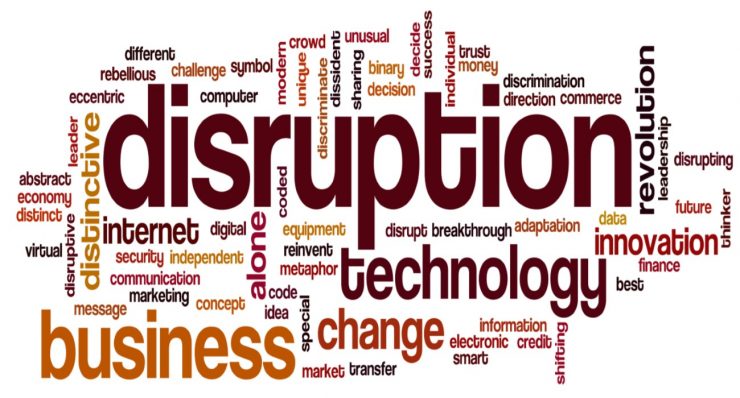The Gartner Symposium/ITxpo 2018 in Orlando, Florida last week was like a petri dish to understanding a number of emerging technologies. Blockchain, robotic process automation (RPA), and edge computing to name a few. If you’re not familiar with these terms now, you will be in the coming years. These technologies will change the way we work, the way we buy goods and services, and how we receive information. Gareth Herschel, a Gartner Analyst, expressed it best on one of his slides stating that these technologies “are overestimated in the short term and underestimated in the long term.” In other words when the hype dies down that is when these technologies take off.
Blockchain aims to restructure the way we exchange goods and services. Learn by listening in 30 minutes or less – Blockchain gives a basic look at how it works. However, the real key is the concept of a distributed ledger. The workings of any transaction are reconciling “the books” – aka the ledger of credits and debits. With a distributed ledger all parties know exactly what’s going at all times as opposed to waiting until the end of transaction to track down errors. Businesses will use a shared ledger to expedite the purchasing process and bring invoicing closer to the transaction. Aided by electronic currencies such a bitcoin and encrypted ledgers, blockchain reduces “friction” in the supply chain as well as reduces accounts payable windows significantly.
RPA moves robotics from the assembly line to the back-office. Much like robots are programmed to perform repetitive functions, applications can be written to do the same when it comes to work processes. Most back office operations are a collection of repetitive processes in accounting, purchasing, and some human resources. I doubt if the subtlety of this technology is missed by most office workers. Companies start by automating small processes or chunks of work. Eventually they fully automate transactions that make up the back-office. This will most likely be met with resistance as workers are already leery of automation. However, a workforce management plan that allows well informed workers to actually use the knowledge they’ve accumulated over the years can help alleviate some of these fears. The workforce should be repurposed for higher-level functions instead of taking the expedient reduction in workforce.
Edge computing is designed to bring information closer to the user or endpoint. For most of us, the endpoint is our smart phones or devices. To understand what that means, consider how we use a lot of the apps on our phones. The app interacts with a remote system with such speed that we think it’s instantaneous. We don’t consider that the information is really traveling tremendous distances, hundreds to thousands of miles, before being displayed on your device. The processor on our smart devices are so powerful that we tend to take it for granted. For the most part its underutilized. So what if we could maximize the horsepower of that central processor to do more things on its own? Enter edge computing.
The example provided at the symposium applied to self-driving vehicles. This technology is barreling forward despite recent setbacks capped by the fatal accident involving Tesla. Nonetheless, the premise is that these vehicles cannot afford the latency, even in milliseconds, of connecting with a remote host to decide the next set of actions to take. These reactions can’t appear to be instantaneous, they actually have to be made in real time must like a driver has to do.
All of these technologies have the potential to provide tremendous value. However, there’s also a slippery slope. Blockchain and RPA can easily disrupt the workforce with blockchain having possible financial implications as well. Are we ready for digital currencies and encrypted ledgers? Edge computing introduces its own security issues as well as exposing users to even more losses in privacy. Although time will prove or disprove the benefit of these tools, like all other technological advances, they will introduce their own unintended consequences. In the end they are the continuing digitization of the workforce and commerce.


















Add comment